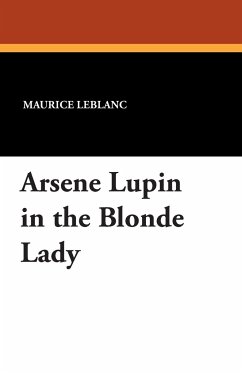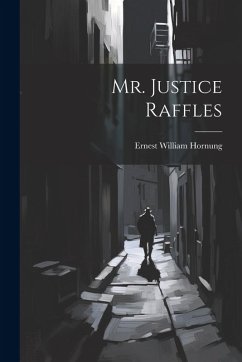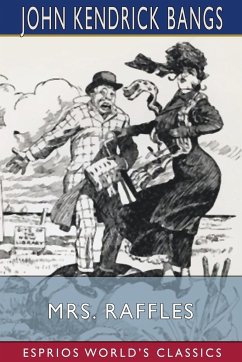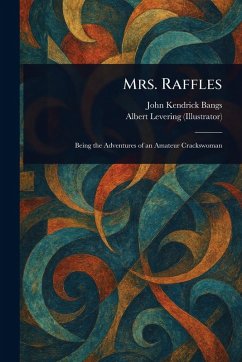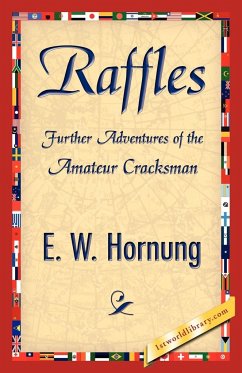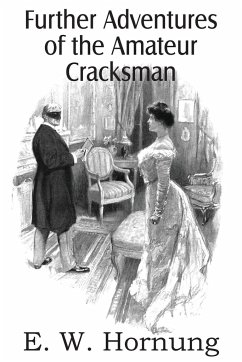
Raffles
Further Adventures of the Amateur Cracksman
Versandkostenfrei!
Versandfertig in 1-2 Wochen
15,99 €
inkl. MwSt.
Weitere Ausgaben:

PAYBACK Punkte
8 °P sammeln!
Raffles, Further Adventures of the Amateur Cracksman was also published as The Black Mask. After the dark turn of events at the end of The Gift of the Emperor, Bunny's done his time and without Raffles is a struggling ex-convict. But things often take a turn for the better if you continue to work and that is just what happens. Upon taking a position as a male nurse Bunny is expectantly reunited with his old friend, in a most surprising way.




